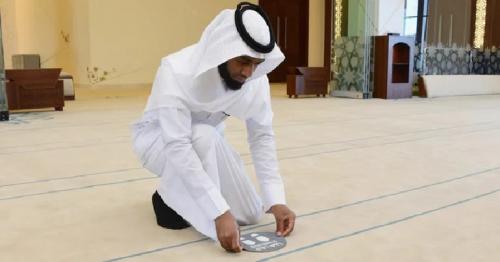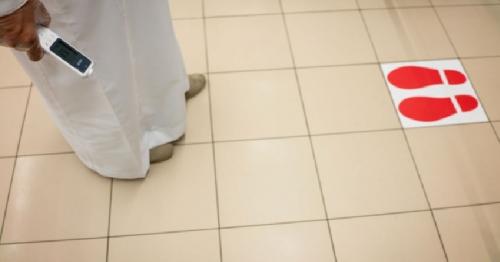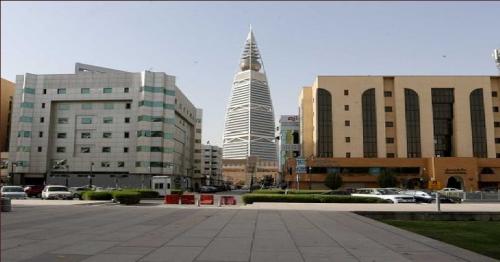The Historical Framework Of The Currency Of Saudi Arabia
Increase demand by the market, encouraged King Abdulaziz, in that same year, to order the minting of more coins similar to former ones but with some difference in the way the name of the king was inscribed to read (Abdulaziz Bin Abdulrahman Alfaisal). At the beginning of 1344H. (1926G.), King Abdulaziz ordered the minting of more Half Qirsh coins only. These show a better design with the same former inscriptions including value of the coin and the place and date of minting distributed uniquely on the back of the coin. The front of the coin just shows the full name of King Abdulaziz (ie; Abdulaziz Bin Abdulrahman Alfaisal Al-Saud) inscribed in monographic style without adding any of his titles. Below the King’s name appears the figure (2), an indication of the second anniversary of King Abdulaziz rule after the unification of Al-Hijaz Region with the other parts of the Kingdom. This may support the aforementioned assumption that these copper coins were the first official Saudi currency. Certainly, these are the most important and rarest coins minted in Makkah Al-Mokarramah because they point out one of the most important names given to this holy city, ie; Um Al-Qura. This particular name never appeared on any coin before this date.
After the success of King Abdulaziz in unifying Al-Hijaz Region with the other parts of his State, more reforms were gradually attempted. Thus, in 1344H (1926G), King Abdulaziz ordered the minting of new One Qirsh, Half Qirsh and Quarter Qirsh copper nickel coins . Margins of the front of the new coins show the name and the title of King Abdulaziz at that time (ie; Abdulaziz Al-Saud King of Al-Hijaz & Sultan of Najd). The back of the coins shows the value of the piece in both alphabets and figures and the year of minting with no indication to the place of minting.
The year 1346 H., witnessed many huge monetary developments. At the beginning of that year, King Abdulaziz abolished all dealings with any foreign currency such as Ottoman, Hashemite and other coins. He ordered putting in circulation new coins bearing his aforementioned title with the year of minting appearing down the back of the piece, 1346H, which was the only difference between them and the previous One Qirsh, Half Qirsh and Quarter Qirsh copper nickel coins minted in 1344H.
In the same year, King Abdulaziz took a further action seen as the most important step of his monetary reforms. The absolutely first Silver Saudi Arabian Riyal, minted in the manner of the Majidi Riyal, was put into circulation as the principal currency of the State. To ensure and confirm wide public acceptance, this Saudi Riyal was struck in silver and in the same weight and diameter of the Majidi Riyal. This Riyal, and its Half and Quarter subdivisions, came into unique design containing words and figures struck in the center and margin of the piece. Inside a circle in the center of the front of the piece appears the full name of the King (Abdulaziz Bin Abdulrahman Al-Saud). The margins show his title (King of Al-Hijaz, Najd & Dependencies) in addition to the Emblem of the State (Two Crossed Swards inside a rectangular beside which Two Palm Trees were engraved). The center of the back of the piece shows the place & date of minting (struck in Makkah Al-Mukarramah 1346H.), whilst the value of the piece, in alphabets and figures, appears in the margin.
To enhance and support the status of this currency, and to have the edge on foreign currencies’ strong competitiveness acquired through time in ordinary day to day dealings, a Royal Decree, published in the official gazette (Um Al-Qura, issue No. (160), dated 9/1/1928), was announced stating the first steps taken to organize and regulate prevailing monetary circumstances of the country. The Royal Decree included many articles & terms to point out the country’s monetary policy at that time. Most important relevant points are:
· Article (1): Name of this Regulation: The Hijazi- Najdi Monetary Regulation hereinafter called (Arabian Currency).
· Article (2): Effective from the 1st of Shabaan 1346H., Ottoman Riyals shall be abolished from all dealings and shall be replaced by Arabian Riyals & subdivisions.
· Article (3): The Arabian Riyal, in size, weight and silver caliber, is equal to the Ottoman Riyal. The Half Arabian Riyal is equal to the Half Ottoman Riyal. The Quarter Arabian Riyal is equal to the Quarter Ottoman Riyal.
· Article (4):
First: The British Sovereign is the basic standard for rates of Arabian Silver currency.
Second: A Gold Sovereign is equal to Ten Silver Arabian Riyals.
Third: A Gold Sovereign is equal to (110) Amiri Qirshes ie; (220) Qirshes darij (i.e.; in circulation).
Fourth: The Silver Arabian Riyal is equal to (11) Amiri Qirshes, ie; (22) Qirshes darij (i.e.; in circulation).
...[ Continue to next page ] / Source: sama






Comments